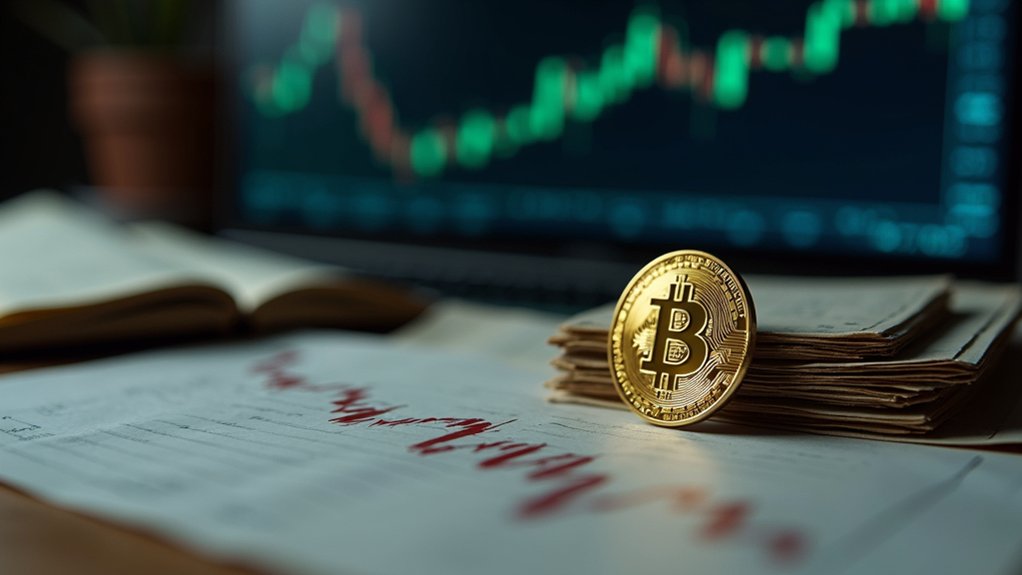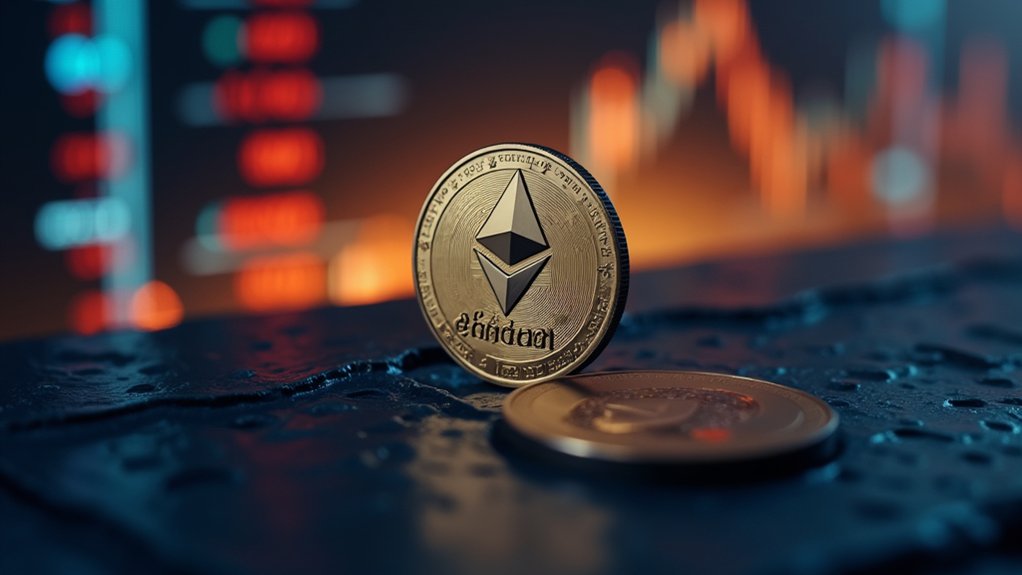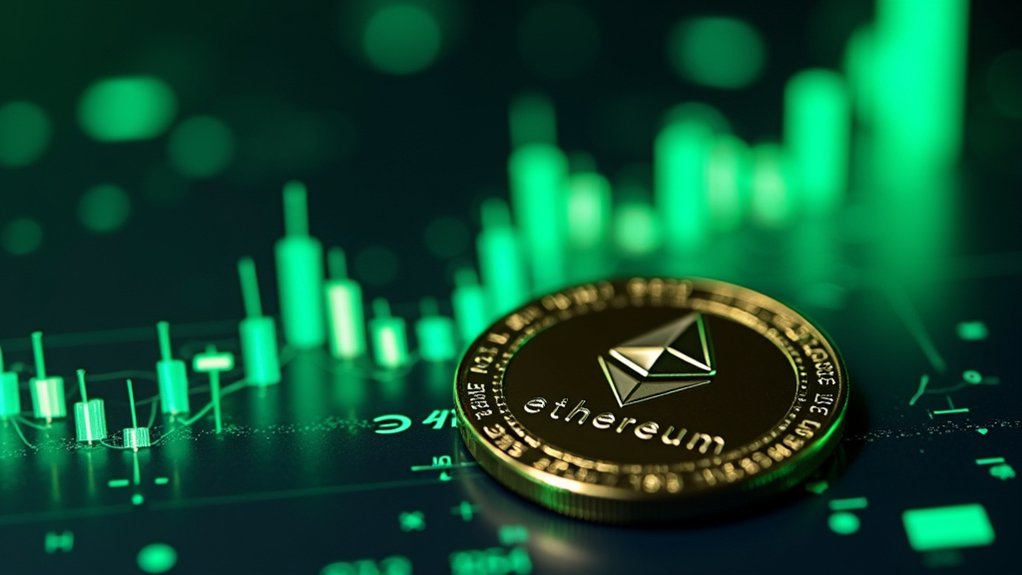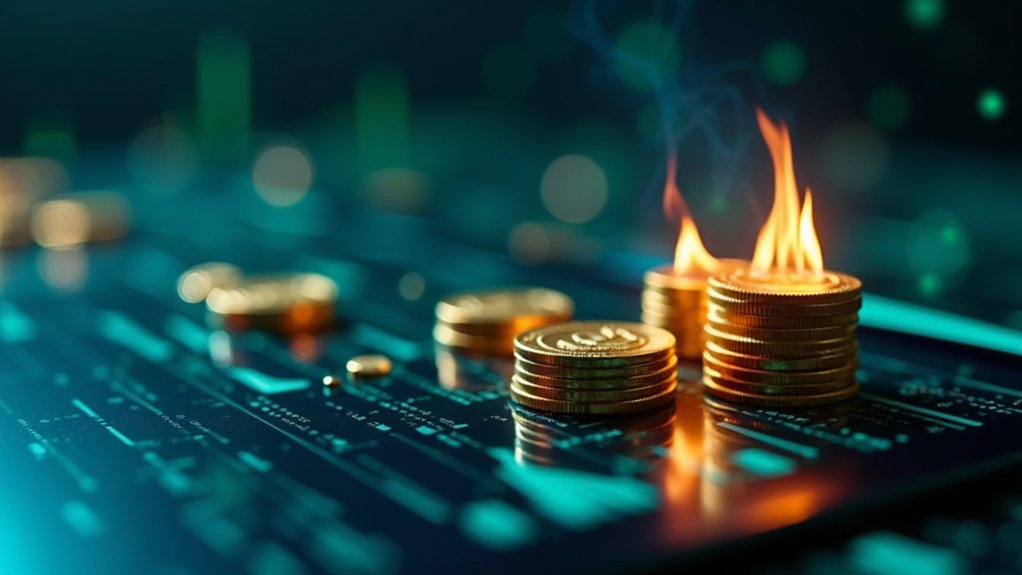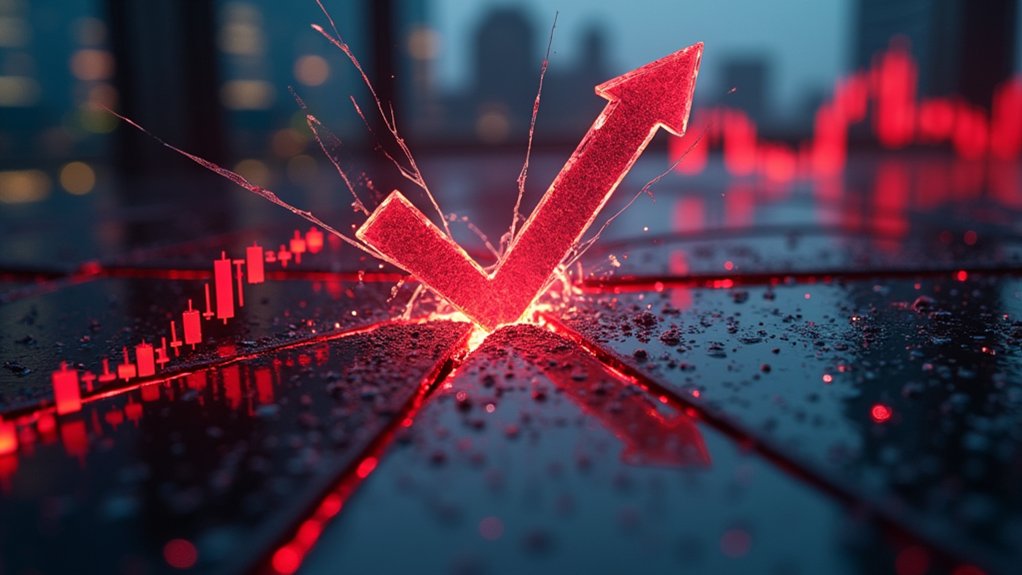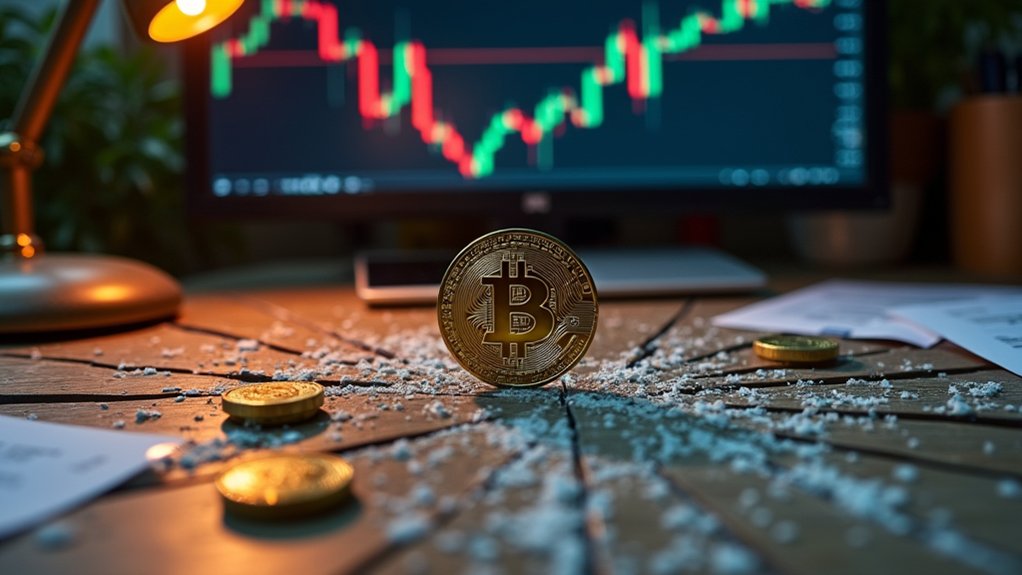Although he previously forecast that regulatory action would decisively curtail XRP’s prospects, Galaxy Digital CEO Michael Novogratz has publicly revised his assessment, acknowledging that Ripple’s legal strategy, resilient community support, and emergent institutional interest have materially altered the token’s risk-return profile, a recalibration that underscores broader market reassessments of assets once deemed imperiled by enforcement actions; this reassessment reflects a recognition that regulatory hurdles have been negotiated with greater efficacy than anticipated, even as persistent market volatility continues to influence short-term price dynamics. Novogratz’s admission that his initial prognosis underestimated XRP’s survivability follows observable outcomes in which Ripple’s litigation posture and courtroom performance, supported by a coherent communications strategy, materially reduced legal ambiguity, thereby recalibrating the token’s perceived compliance risk and facilitating renewed capital inflows. This shift is also informed by XRP’s market gains. The CEO also cited community resilience as a decisive factor in restoring investor confidence. These developments occur amid a global environment where 119 countries embrace cryptocurrency legality, providing a more supportive backdrop for digital asset growth.
The CEO’s contrition, articulated in public statements, evidences a shift in institutional sentiment toward assets that demonstrate legal clarity and organizational resilience, and this shift is corroborated by XRP’s tangible market performance, which exhibited a notable 3.4 percent intraday advance to roughly $2.87 and an aggregate appreciation of approximately 47 percent since late 2024. Analysts interpret the price trajectory and concomitant market cap expansion as indicators of improved liquidity and emergent institutional participation, with long-term holder accumulation patterns and a paucity of significant sell-side pressure reinforcing bullish technical narratives and supporting projections of a potential major rally predicated on sideways consolidation.
Concurrently, the role of the XRP community and executive leadership has been emphasized as instrumental in preserving investor confidence during protracted litigation, with the so-called “XRP Army” providing sustained market support while Ripple’s executive cadre, including CEO Brad Garlinghouse and legal advocates such as John Deaton, executed a strategy that blended litigation rigor with stakeholder engagement, thereby fostering an ecosystemic resilience comparable, in Novogratz’s assessment, to premier crypto communities. Taken together, these developments illustrate how validated legal outcomes, cohesive community dynamics, and demonstrable price appreciation can jointly transform an asset’s institutional viability, prompting recalibrated risk assessments among sophisticated market participants, even as regulators worldwide continue grappling with money laundering risks inherent in cryptocurrency transactions.

